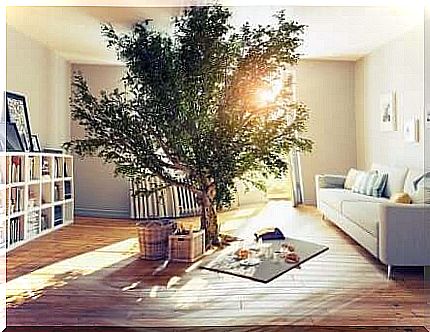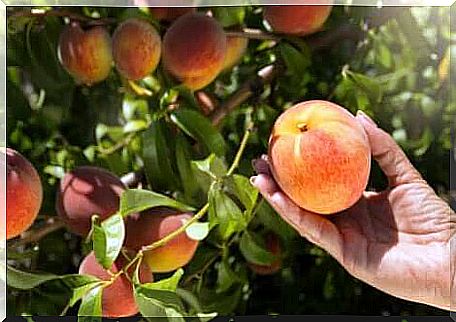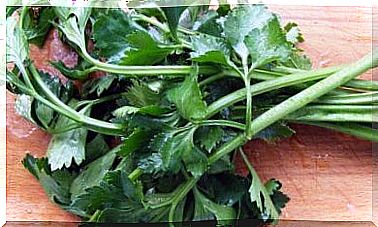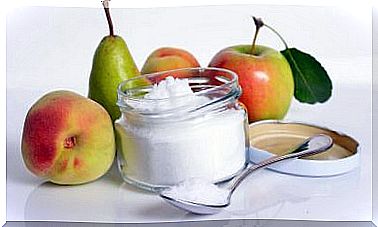What To Know Before Planting A Tree At Home?

If you are planning to plant a tree at home, the first thing you should do is be very patient. A fruit tree, on average, takes between five and ten years to grow. Of course, this can vary depending on the type of fruit.
It is very important that you have defined whether to plant a tree at home for sheer decoration, to have fruit on hand, for shade when you are in the garden, and so on.
In fact, if you want to set up your own garden to grow vegetables and spices, you may be looking for different information. In this article, we’ll look at which tree you can plant at home and what conditions should exist in your garden.
Trees are indispensable for life on the planet. In addition to producing oxygen, they handle carbon dioxide, which translates to air purification. On top of this, they also help to support the soil, which prevents erosion.

Recommendations before planting a tree at home
Planting a tree is not just about finding a space, digging a hole and putting the seed or plant in there. There are many factors to take into account.
For example, look around your neighborhood and you will see that somewhere there is a tree that affects the power lines, the roofs of houses, or causes some danger to passersby. So, before deciding which tree to plant at home, follow these tips:
- Find out with the environmental authorities which trees they recommend planting and which should not be planted (usually, there is strict environmental criteria on which species are most suitable and beneficial for each location, depending on their characteristics).
- You must be committed to caring for the tree during its early stages of development. That means watering, pruning and cleaning.
- Make sure your garden or manor house has ample space.
- Keep a careful distance between your house and the tree (approximately 6 meters).
- A very important fact is that the tree, when it grows, does not disturb the electric lighting. Otherwise, you’ll have to commit to pruning your branches before they damage your electrical cables.
Trees suitable for planting at home

Now let’s take a look at the types of trees that are suitable for planting in your home’s yard or garden. But first let’s take the previous tips into account.
Generally, people have problems with a home tree when it grows too much and, for example, damage the ceiling or roof. A tree that is not pruned will cause problems not only for the owner, but also for the neighbors.
Therefore, species such as ceiba, laurel or rubber tree should not be planted in urban areas in the backyard of a house. In the case of ceiba, these are huge trees whose crowns reach very high.
The roots of this tree are usually shallow, which can damage sidewalks or patios. Species such as rubber or laurel can cause problems because the roots, when looking for moisture, can damage the underground pipes.
Choose the tree according to the weather

If you live in an area with a tropical climate, it is ideal to plant leafy trees to soften the impact of the sun, especially in the dry season.
But they must be trees whose foliage and roots do not harm buildings or streets. It is better to plant native species that adapt to dry climates. In the Caribbean, for example, where hot weather and humidity are predominant, tropical dry forest species can be planted, such as:
- Oak.
- Acacia.
- Guanacaste.
- Glyricide.
- Napoleon’s hat.
- Ajuru, among others.
Other trees that can be planted and that also produce fruit are: lemon, mango, persimmon, pomegranate, avocado, orange, among others. These trees are also easy to grow from seed.
The following trees are suitable if you live in the Mediterranean as they are deciduous. That is, they shed their leaves in winter, which will allow the sun’s rays to pass, and will provide shade during the summer.
- Oak.
- Board.
- Ash.
- Birch.
In very cold areas, it is more advisable to plant evergreen trees, to protect against the cold winter wind. These can be:
- Fir
- Pine
- Picea.
Remember: fruit and flower trees are very nice and bear fruit, but also keep in mind that these trees require frequent cleaning and pruning. It’s very important that you be responsible and don’t neglect them after planting them.









